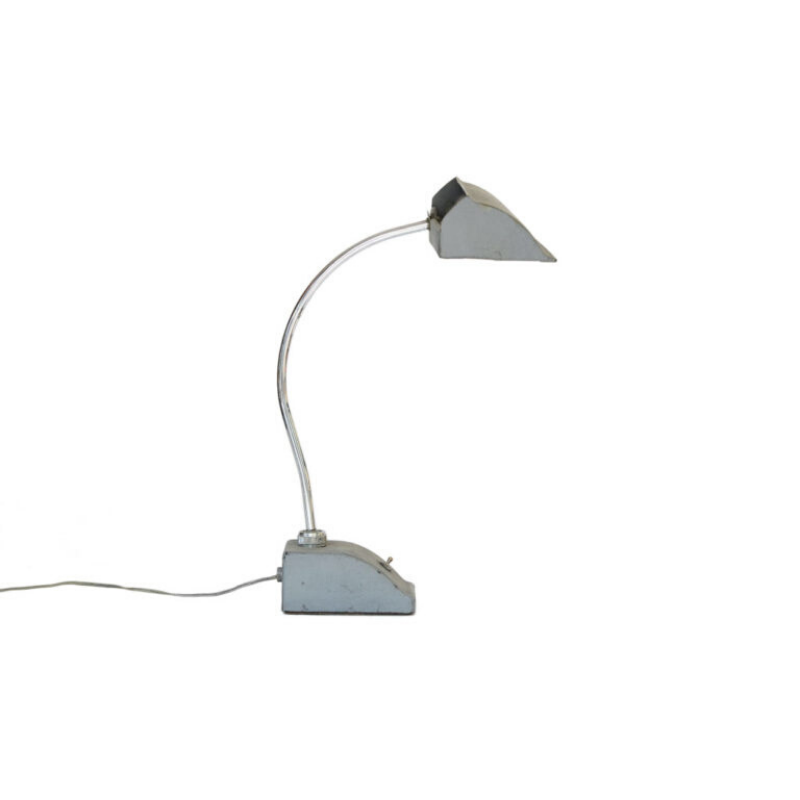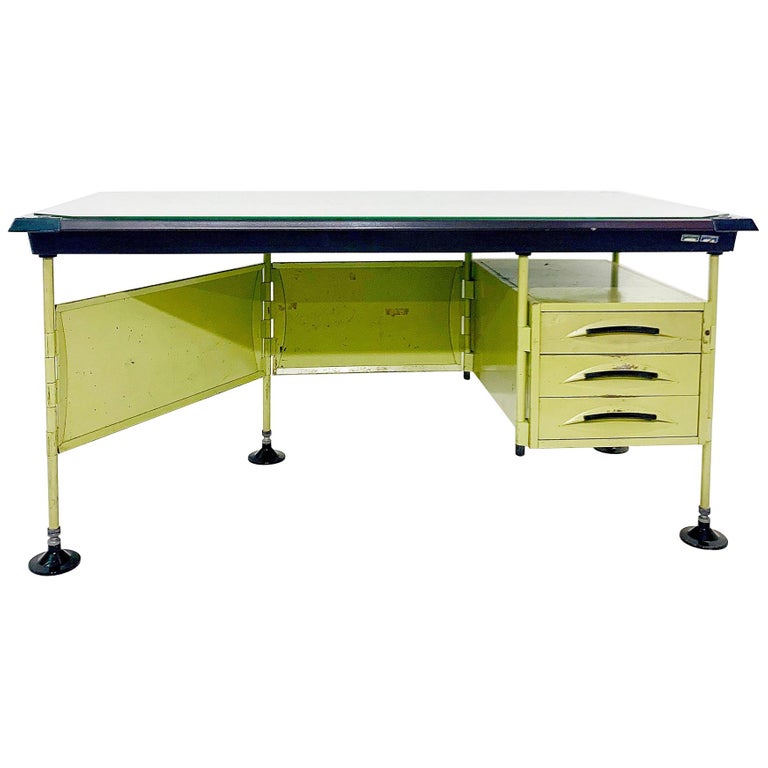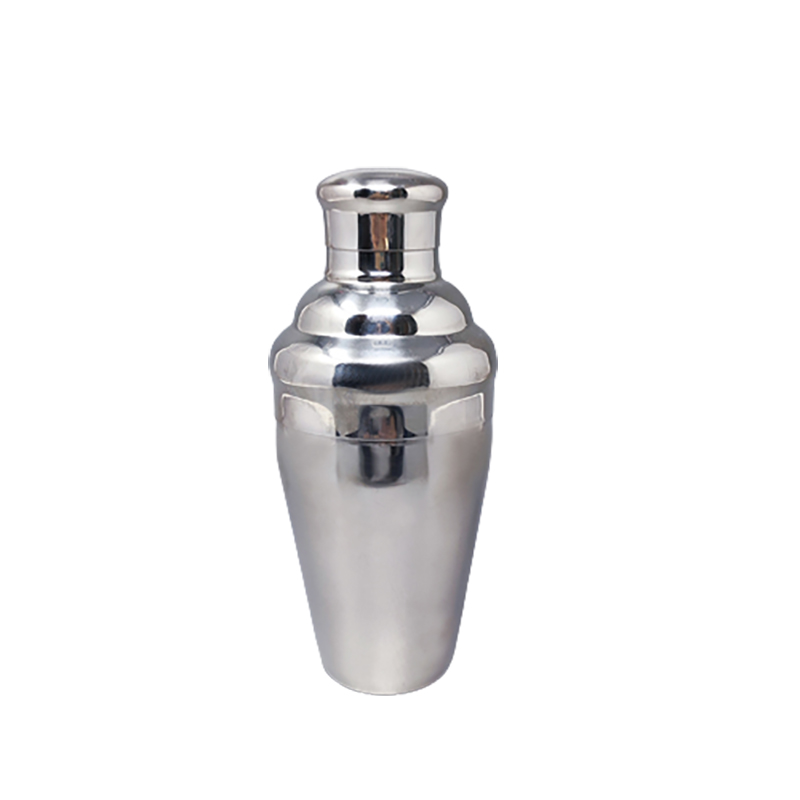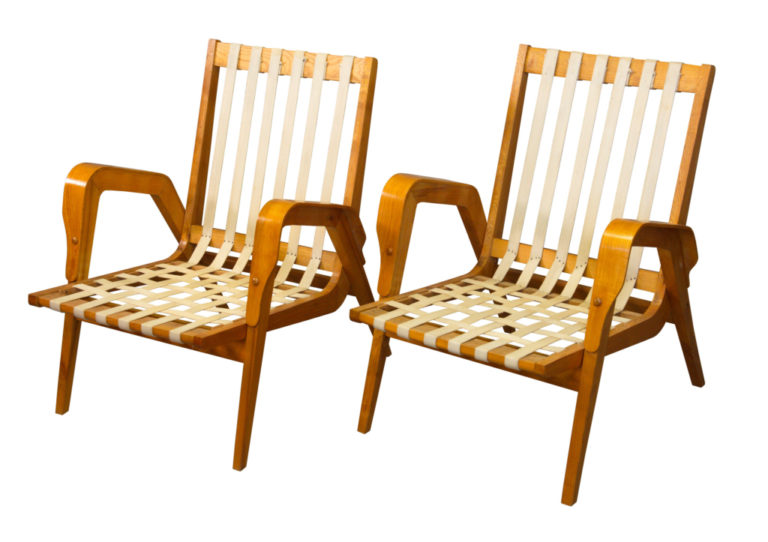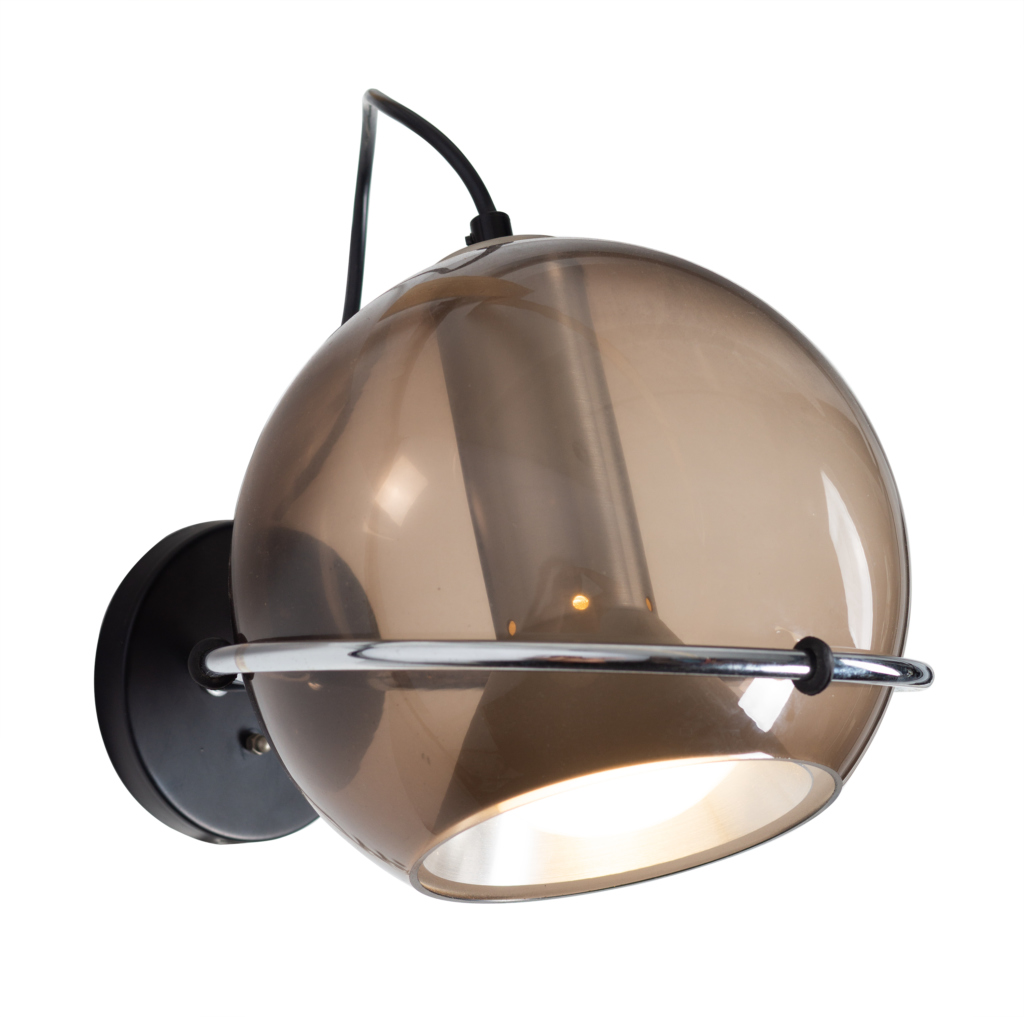[i took liberty to start a new thread for the "woodworking question" due to its burgeoning size and loading time.]
as a general rule, i find the contrast of endgrain to be quite attractive and appealing when used in concert with other design sensibilities.
for one, it reveals the quality of construction. seeing the end of a tenon lets me know immediately that time-honored techniques and craftsmanship are being observed.
from a philosophical standpoint, the practice also seems consistent with honesty and vulnerability. though i do value approaches which cleverly conceal all hardware [fasteners, hinges, pulls, catches, etc.], i also find it refreshing when a designer craftsman chooses to reveal something more about the process and thereby letting the piece itself "celebrate" the construction methods used.
as we modernists are well aware, the extreme opposite is excessive decoration, sometimes applied to distract the viewer from realities not readily accessible. we're inclined to value shape over surface, form over ornament. i think allowing endgrain to show is but one way to accomplish this.
to take it a step further [hopefully without becoming artificially "deep"], it is a similar characteristic i find attractive in people. namely, those who are willing to reveal more about their own humanity [with flaws, imperfections, support systems and the like]. i feel much more bonded and emotionally inclined toward such "people of the earth" than those who appear seamless and perfect and who must be spending a good amount of energy keeping the unsightly well concealed.
please contribute your own thoughts and inclinations.
I would agree kdc
End-grain is an element that is a part of the material and in certain context it can work quite well to show the "honesty" of the piece, but like a lot of things it all must be taken in context. Does the end-grain further the overall aesthetic or detract from it.
Certainly within the spectrum of modernism that leans towards the industrial look, end-grain is almost a requirement. I know that is an over simplification of the discussion but certainly a part of it. To see the "it" or the "material" in total of the "thing" or object that makes it the "thing" or object that it is.
.
yeah, but its a pain to cut and finish,
Thank God for tungsten carbide! Seriously though, it is nice to see but I don't think it should become a motif, some arts and crafts work became really ott, there are only so many pegs and wedges you can take.
But end grain block flooring, thats lovely.
on endgrain...
I am always hesitant to be the one that adds some technical considerations but having read kdc?s philosophical considerations I am quite comfortable with this one. There is of course a good technical reason to show end grain. End grain is a bad glue surface and many of the traditional joints of two or more pieces are designed to avoid the end grain to be a glue surface. The easiest and most effective way to avoid it is of course to let it come through and show up on the other surface. It not only avoids gluing it increases the glue surface on the other adjacent pieces.
Or to put it in the context of human relations, many of our social abilities allow us to adapt to others, in other words to glue and generate a complicity that by shear synergy allows us to do more than what we can achieve on our own. But we should not try it with those characteristics that are our own end grain. Those, as kdc points out, should be left exposed?.I am getting old I guess?at least that?s what I thought seeing Jens Risom on the other thread. I remember him as a much younger dynamic designer with wavy white hair above a ?Jeune Premier? face. He almost convinced me to move to New York and work with him?I only kept the letters with the golden R logo but never did it. Many years later I invited him to Montreal to give a conference on his work but that was years before the modernist revival and If I remember well he spoke for only a handful people. I is good to see that he and his wife are still doing well?.sorry that was another thread?.
It's always good
to hear from Koen on any topic, including technical issues on which he is always able to provide useful and interesting information and insight. I had never considered his point about one rationale for seeing end grain --and I certainly agree with kdc that there is a refreshing honesty to its use.
An excellent example of such bald and enlightening revelation is the turned wedged chair-leg tenon exposed on the seat of a Windsor chair, like those made by T Moser. While this is a perfectly flush and comfortable bit of decor, it is also a virtual X-ray of the structure of that joint.
I expect that one source of a bias against exposed end grain may be the fact that, at least where exposed to weather, end grain will be much more vulnerable to absorbing water and other contaminants, leading potentially to decay. . .?
I think the problem is that s...
I think the problem is that since Deco and the boom in cheap veneer people have come to see wood as being a 2 dimensional highly consistent material...which it can be but its not the whole story.
So when they see posts and rails and darker end grain it isn't quite what they expect, its the sheerness and roundedness of so much design from the 20's onwards that have led us to expect disguising surfaces.
Very well
put. And there's also a tradition of square and crisp veneered work (far easier, technically, than curves) in which all surfaces present that consistent "wallpaper" of grain, with visible outside corners mitered, concealing the core. Edges are either veneered or capped with solids, but these too are mitered, so no real evidence of the solid nature of these pieces is given, other than a molded profile to those solid-wood caps, or perhaps a carved handle projection or recessed finger grip. A "picture frame attached to a sheet-goods box," more or less. Much modern case goods and architectural millwork conforms to this description.
Contrast this to the crisp but very obviously all-solid-stock Arts and Crafts work of 100 years ago. . .
If you need any help, please contact us at – info@designaddict.com



